 It seems ebooks are getting all the press (virtual and otherwise!) lately. Ebooks and e-readers are all the rage – instant gratification! Large type, if you want! More choices! Tons of cheap and even free books! No restrictions on length, whether you’re reading a four-page flash fiction piece, or a tome to rival War and Peace. No e-reader? Read ’em on your phone or even your computer! What’s not to like?
It seems ebooks are getting all the press (virtual and otherwise!) lately. Ebooks and e-readers are all the rage – instant gratification! Large type, if you want! More choices! Tons of cheap and even free books! No restrictions on length, whether you’re reading a four-page flash fiction piece, or a tome to rival War and Peace. No e-reader? Read ’em on your phone or even your computer! What’s not to like?
Yet despite all the advantages ebooks offer, plenty of people still prefer to read a good old fashioned paper book. The smell and feel of the paper! Pretty book covers that look cool on your bookshelf or coffee table! Read ’em in the bathtub – and if you drop it, no expensive electronics to replace! Heck, no expensive electronics to buy in the first place! Browse in the bookstore or the library! Used books! No worries about dead batteries! Despite all the gloom-and-doom reports of ever-decreasing sales, paper books are still with us, and aren’t going away any time soon IMO.
Quite a few independent publishers are forgoing print altogether and publishing only in e. After all, print typically involves a setup fee, and print also requires some knowledge of print graphic arts, which is a whole different animal than on-screen graphics. It’s definitely a lot more work to produce a print book, even though the setup fees have gone way down in recent years, and there’s no longer a need to warehouse and ship – Amazon, Barnes & Noble.com, and the like are still happy to fulfill that role for a piece of the action.
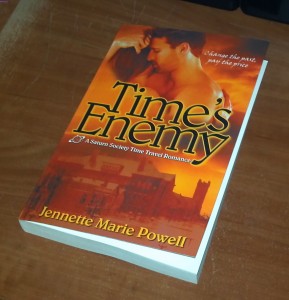
Time's Enemy in print - available soon!
Out of all the people I’ve talked to who’ve expressed interest in reading Time’s Enemy, about half of them next ask, “Is it available in print?” So as someone with graphic arts experience, I really have no reason not to offer this, and to that end, I uploaded my book to a printer last Saturday. My proof arrived on Wednesday, I approved it on Thursday, and it should be available on the e-retailers in the next week or so. When that time comes, I’ll announce it here!
So where do print books come from? If you’re an independent publisher, they most likely come from one of two printers: CreateSpace (which is owned by Amazon), or Lightning Source (which is owned by Ingram, the largest print book distributor in the U.S.). CreateSpace (henceforth referred to as CS) is definitely the easier of the two as far as setting up the files for printing, and they have a lower setup fee as well. But Lightning Source (LSI) has some major advantages in other areas, and after some major deliberation, I went with LSI.
Most of these differences won’t be apparent to the reader. One of them is how authors are paid – basically, CS requires a larger portion of the book’s price go to the retailer, meaning the author and publisher make less money, while the reader’s cost doesn’t go down (usually – sometimes the retailers will discount). Books produced by LSI are automatically included in Ingram’s catalog, which may make it easier for them to be ordered by bookstores and libraries.
The most apparent difference – at least with my book – is that LSI offers a matte cover, whereas other print-on-demand providers offer only glossy covers. Until LSI offered it earlier this year, only big publishers’ books had matte covers. A lot of readers probably don’t care, but it gives a book a “richer,” higher quality look and feel IMO.
So what about you – do you notice things like glossy or matte covers? Does the “feel” of a book matter to you? Print-on-demand books are typically printed on heavier paper, which obviously makes the book heavier, but also adds to that “richer” feel. Is this something you notice or care about? Inquiring independent authors and publishers want to know!



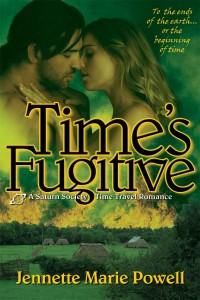 I design my own book covers (sometimes my graphic design background comes in handy), and was pleased to finish this one last week.
I design my own book covers (sometimes my graphic design background comes in handy), and was pleased to finish this one last week. 

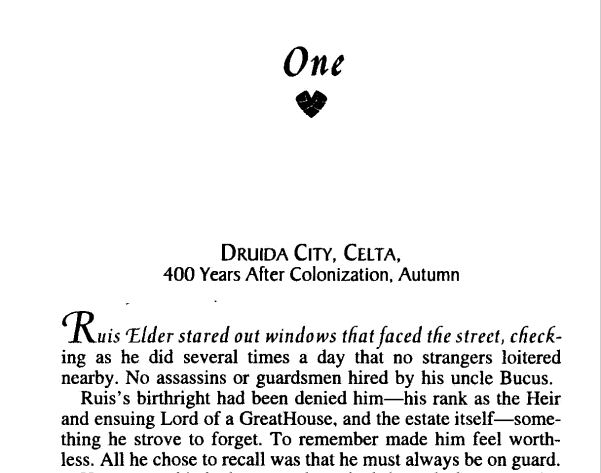
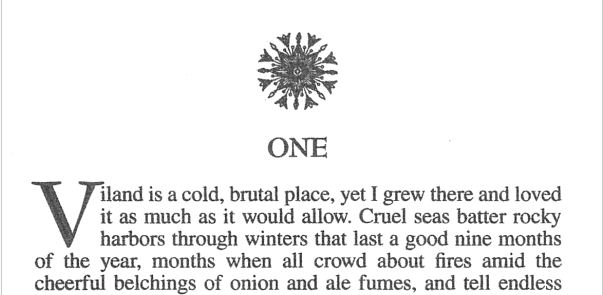
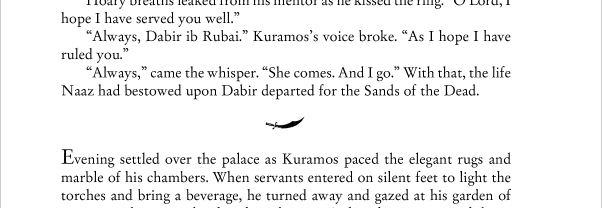
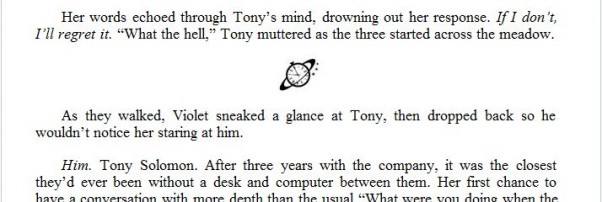





 On another note,
On another note, 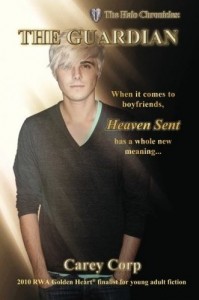
 I’m currently working on revising Time’s Fugitive, my second time travel romance, and sequel to my upcoming release,
I’m currently working on revising Time’s Fugitive, my second time travel romance, and sequel to my upcoming release, 
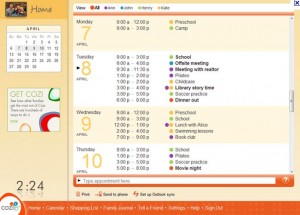
 With ebooks, printing, shipping and shelf space are no longer applicable. A longer book may take up a few more bytes of disk space, and a couple more seconds for the reader to download, but disk space is continually becoming cheaper, to the point that it’s negligible. With increasing bandwidth and cell phone network capacity and speeds, download speeds don’t matter so much either. Where most publishers of genre fiction hesitate to take on books much longer than 100,000 words (epic fantasy and historical fiction being the main exceptions), publishers and sellers of ebooks aren’t operating under the same constraints. Likewise, few readers will plunk down enough cash for it to be worthwhile for a publisher to print a single novella or short story, but with production and shipping not part of the equation, ebooks are a viable medium for short fiction. So does word count matter?
With ebooks, printing, shipping and shelf space are no longer applicable. A longer book may take up a few more bytes of disk space, and a couple more seconds for the reader to download, but disk space is continually becoming cheaper, to the point that it’s negligible. With increasing bandwidth and cell phone network capacity and speeds, download speeds don’t matter so much either. Where most publishers of genre fiction hesitate to take on books much longer than 100,000 words (epic fantasy and historical fiction being the main exceptions), publishers and sellers of ebooks aren’t operating under the same constraints. Likewise, few readers will plunk down enough cash for it to be worthwhile for a publisher to print a single novella or short story, but with production and shipping not part of the equation, ebooks are a viable medium for short fiction. So does word count matter?